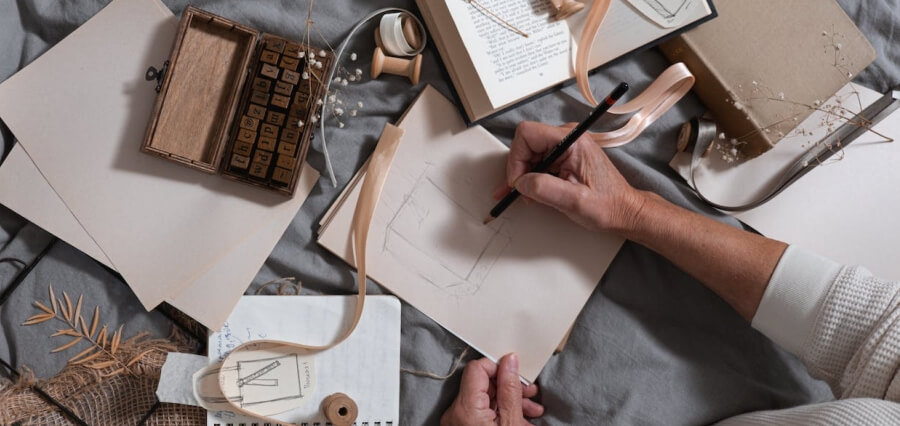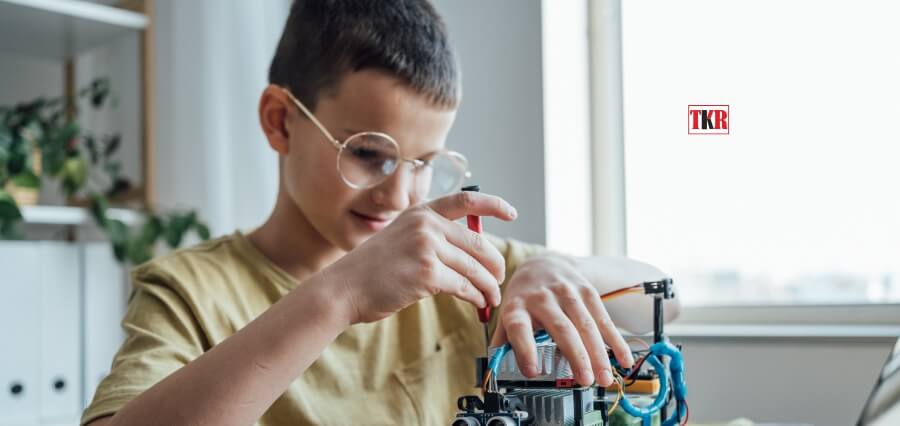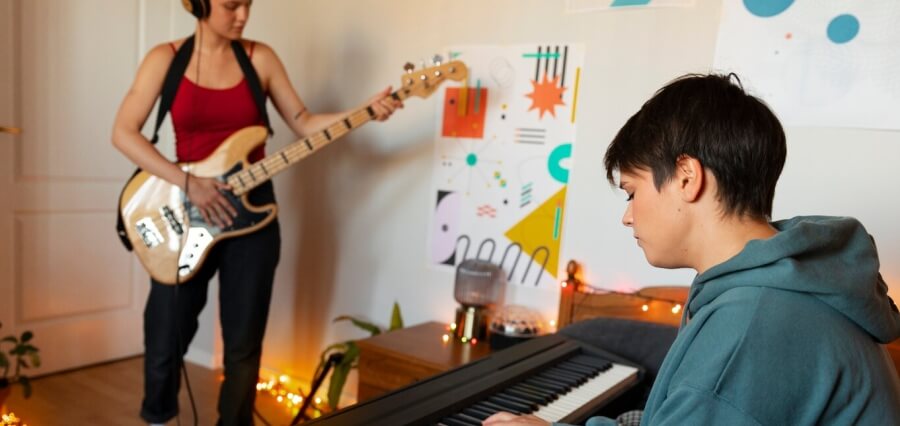“A thing of beauty is joy forever.” Art has different forms, and all are healing.
In a society where words are frequently insufficient, art provides a special means of self-expression and healing. As a creative and therapeutic approach, art therapy has gained popularity for its capacity to guide people through the intricate maze of feelings and experiences, providing comfort, understanding, and a road map for healing. This article will examine the fascinating field of art therapy, its guiding principles, and how the therapeutic potential of creativity is changing people’s lives.
Exploring the Therapy of Art
Art therapy is a comprehensive mental health treatment that enhances people’s well-being by utilizing the creative process of creating art. Through artmaking, it offers a secure and encouraging environment for people to explore their ideas, express their feelings, and deal with their inner challenges.
Fundamentally, art therapy acknowledges the therapeutic benefits that come with the creative process. It appeals to the notion that making art is a very intimate and reflective process. People frequently expose, delve into, and consider their inner worlds when they are creating. Through this form of self-expression, people can access feelings and experiences that they might find difficult to convey verbally, which can be extraordinarily healing.
Art offers a distinct language. People can subtly express their emotions, experiences, and ideas using symbolism, metaphor, and imagery. This makes it safer for children to talk about challenging or painful topics, which facilitates the processing and sharing of their feelings.
This therapy provides an alternate means of communication for people who struggle to communicate verbally. It gives people a way to express their thoughts and experiences without using words, which lessens the pressure to express emotions orally.
On the Path of Healing
Art therapy is not about creating beautiful or technically proficient art, it’s about the therapeutic process of creating and exploring.
- A certified art therapist works with the individual to identify their needs and goals. This assessment guides the direction of the art therapy sessions.
- Individuals are encouraged to create art using a variety of materials such as paint, clay, drawing tools, and more. They’re free to express themselves in whichever way they feel most comfortable.
- People examine their works of art and talk about the emotions and ideas that come to mind both during and after the creative process. The therapy approach generally revolves around this introspection.
- People gradually collaborate with the therapist to incorporate the lessons they’ve learned from creating art into their everyday lives, which promotes emotional healing and personal development.
Applications of Art Therapy
Art therapy is a versatile approach used in a variety of settings and for various populations.
- For kids and teenagers who might find it difficult to communicate their emotions, art therapy is quite beneficial. To assist young people in managing their emotions, it is utilized in schools, hospitals, and counseling facilities.
- Post-traumatic stress disorder and trauma can both benefit from art therapy. It provides a secure environment where survivors can reflect on their experiences and find solace.
- Art therapy is often included in treatment plans for mental health conditions like depression, anxiety, and bipolar disorder. It provides an artistic means of managing symptoms and understanding the underlying emotional causes.
- By helping those in recovery investigate the fundamental roots of their addiction, this creative therapy fosters self-awareness and healing.
- Art therapy can improve the quality of life, stimulate memory, and provide a feeling of purpose and accomplishment for older persons, particularly those who are suffering from dementia.
- This therapy isn’t exclusive to clinical settings. Many people use it as a tool for personal growth, stress reduction, and self-discovery.
- Creating art provides a safe and constructive way to release and process emotions, reducing emotional distress.
- Art helps individuals gain insight into their own thoughts, feelings, and experiences, which can lead to personal growth and self-awareness.
- Engaging in creative activities can be meditative and relaxing, promoting stress relief and improved mental well-being.
- Art therapy can enhance communication skills and help individuals connect with their own emotions and others on a deeper level.
- Art therapy empowers individuals by giving them a sense of control over their creative expression and, by extension, their emotions and experiences.
Conclusion
As a type of psychotherapy, art therapy helps people communicate their feelings, ideas, and experiences via a variety of artistic mediums. This therapy is centred around the creative process of artmaking, not the finished work. People are encouraged to explore their emotions and experiences in a secure and accepting setting through art therapy.
People of various ages and backgrounds have been proven to benefit from art therapy, especially those who battle with emotional difficulties, trauma, and mental health issues. Making art can be a therapeutic activity that gives people more insight and understanding into their own feelings and behaviours, which promotes self-awareness and personal development.
Overall, art therapy has the potential to transform lives by offering individuals a safe and supportive space to explore their emotions, gain insight into their experiences, and promote healing and personal growth through the power of creativity.








